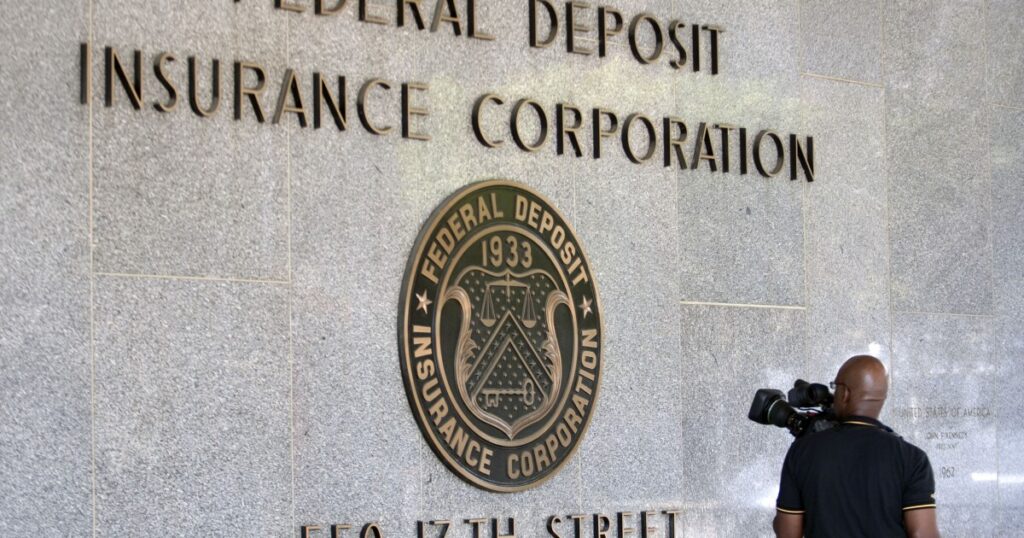FDIC ahead of schedule on minimum deposit insurance goal

Federal Deposit Insurance Corp. staff Thursday said the agency’s Deposit Insurance fund reserve ratio — which measures the Deposit Insurance Fund, or DIF, balance compared to all FDIC insured deposits — is likely to be restored to its statutory minimum level of 1.35% ahead of schedule.
“Reaching the statutory minimum reserve ratio in advance of the statutory deadline strengthens the Deposit Insurance Fund so that it can better withstand unexpected losses and reduces the likelihood of procyclical assessment increases,” said FDIC Chairman Martin Gruenberg. “As of June 30, 2024, due to the growth in the DIF balance and slower-than-average insured deposit growth, the deposit insurance fund balance totaled $129 billion — up 7.5 billion from the previous update of December 31.”
During the FDIC’s second semiannual update of the year on the DIF, agency officials say the reserve ratio is likely to meet the minimum required level ahead of the deadline of September 30, 2028. The increase in the DIF balance, combined with slow insured deposit growth, resulted in a six basis point increase in the reserve ratio from 1.15% at year end 2023 to 1.21% as of June 2024. While subject to uncertainty — other banks could fail or insured deposits could grow faster than expected — staff project that the reserve ratio will most likely reach through statutory minimum in 2026.
The agency has been overseeing a plan to replenish the DIF since the reserve ratio fell below the statutory minimum of 1.35% during the pandemic in 2020. A string of regional bank failures in 2023 — which ultimately led regulators to invoke a systemic risk exception to protect uninsured deposits at the failed banks — resulted in an additional $19.6 billion hit to the fund as of the agency’s latest estimate.
At the start of 2023 — before the bank failures — the agency had already acted on its 2022 plan amendment, raising initial base assessment rates for all insured depository institutions by two basis points, effective January 1, 2023. This move was driven by projections showing the reserve ratio was at risk of missing the statutory minimum by the September 30, 2028 deadline.
Insured deposits at FDIC insured banks saw some of the slowest growth over the past year since 2013. In June, the FDIC said insured deposits at FDIC-backed firms grew 0.8% from the year prior — 3.7% below the long-term average of 4.5%. The agency attributes such a drop in insured deposits growth to a decline in insured brokered deposits, slower growth in reciprocal deposits compared to 2023, and underwhelming gains in other insured deposits.
Looking ahead, staff expect insured deposit growth to stay below historical norms in the near term.
Despite the positive signs for the FDIC’s backstop, agency officials said the industry continues to face headwinds in the areas of credit, with rising non-current loan ratios, especially in consumer real estate and personal loan portfolios.
Funding and earnings pressures remain high, with net interest margins declining through the first half of 2024, staying below pre-pandemic levels. As noted in the FDIC’s most recent quarterly banking profile, there has also been an uptick in institutions the FDIC identifies as troubled. Despite this increase, the proportion of problem banks relative to the total remains within normal, non-crisis levels according to the agency.







